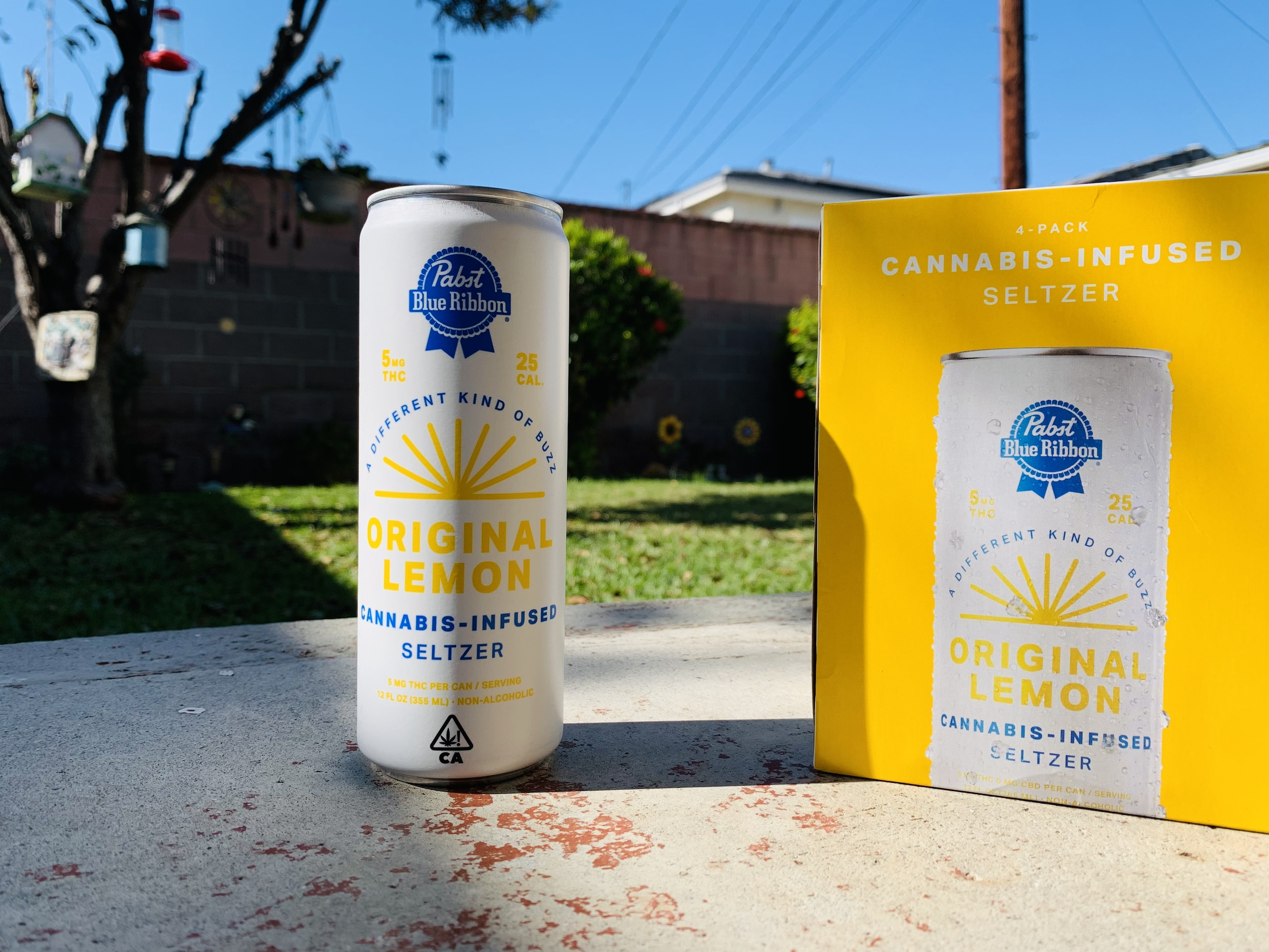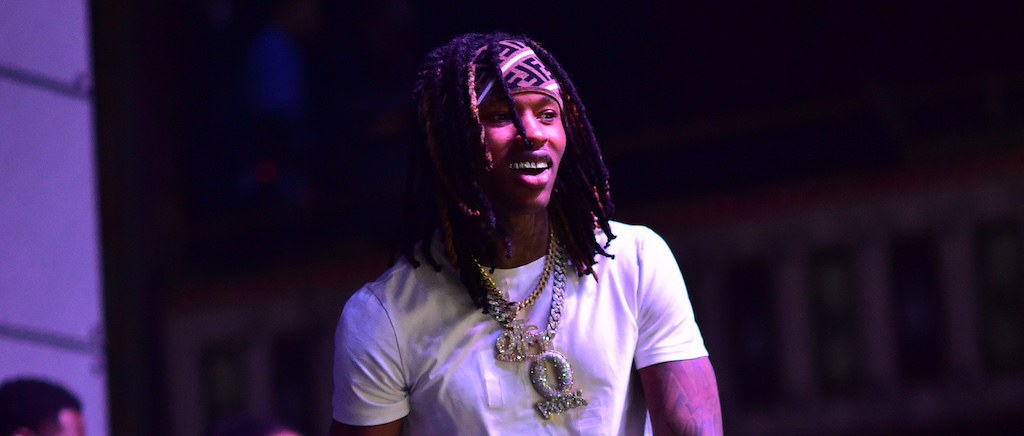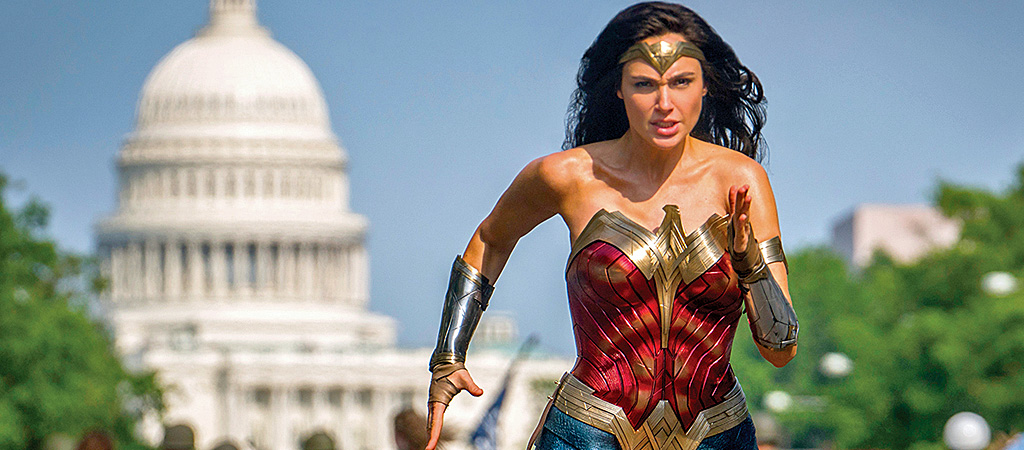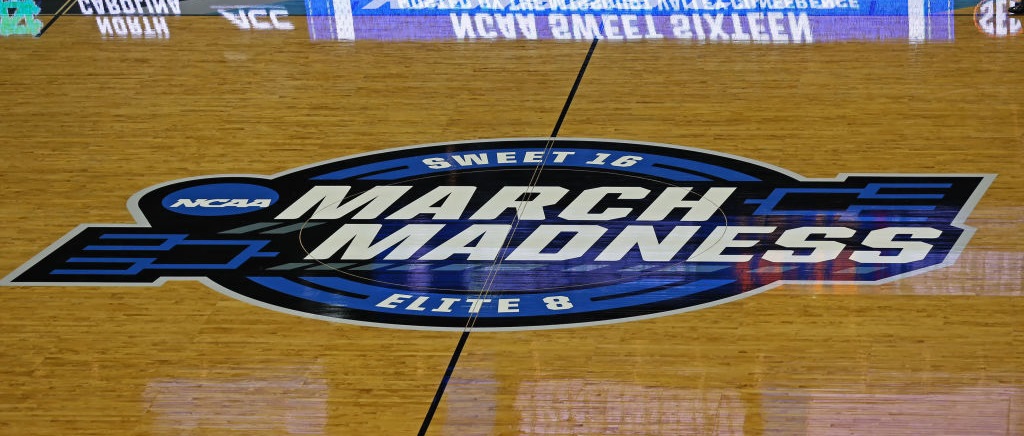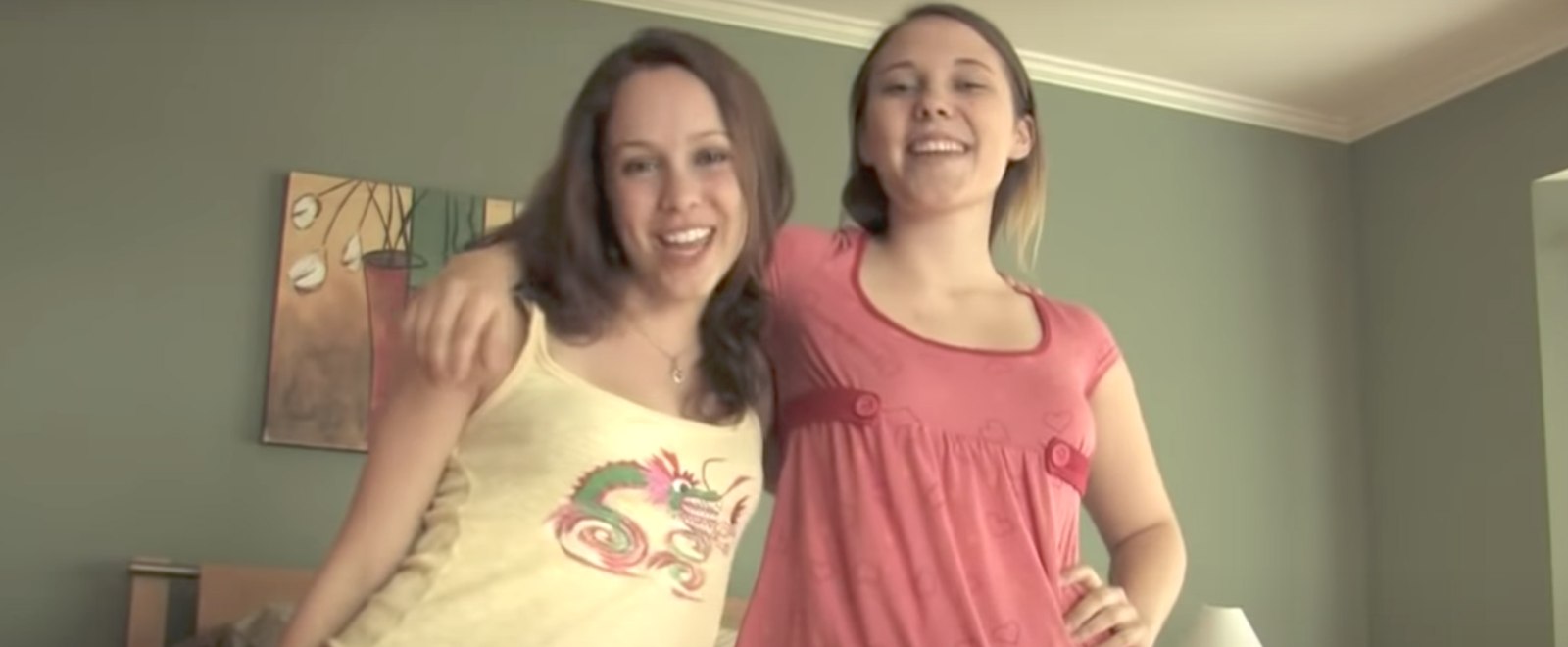The first season of HBO’s His Dark Materials might’ve been buried a bit under premieres of other prestige dramas (The Mandalorian and The Morning Show both dropped around the same time last year). That’s a shame because as the show gears up for more, complete with an all-star cast that includes names like James McAvoy, Lin-Manuel Miranda, Andrew Scott, Ruth Wilson, and Dafne Keen, there’s even more lore and action in store for fans.
Biblical battles between good and evil, alternate universes, talking animals, witches, and foul-mouthed aeronauts all pop up in Season 2, and since this show is based on the best-selling fantasy series by author Philip Pullman, there’s a lot of buzzed-about storylines that might make their way into this follow-up. Whether you watched Season 1 and are dying to jump back into this world, or just stumbled across the series because you saw Fleabag’s Hot Priest and Hamilton were in the trailer for Season 2, here’s a guide to all of the things we’d like to happen this go-around (complete with a quick recap of Season 1).
The Mythology Behind Dust
Philip Pullman’s best-selling series may be categorized as Young Adult fantasy but it deals with deeply philosophical, incredibly mature themes. Think Biblically mature. And in order to attract a wider audience than just fans of the novels — and Lin-Manuel Miranda stans — the show should lean into those darker, more complicated storylines. Fortunately, the second book of the series naturally does that, exploring the origins of Dust and revealing Lyra’s mysterious destiny along the way. Season 2 has plenty to pull from when it comes to the connection between the second fall of mankind (remember, the Magisterium views Dust as Original Sin and wants to eradicate it from Lyra’s world) and the role Lyra has to play in that. We hope the series touches on Pullman’s grander ideas (the war between God and Satan, the corrupt power of certain religions, the value of free thought) in a way that feels natural to fans of the book and comprehensible for newcomers to the show. That means explaining, in detail, how Dust came to be, it’s the connection to this idea of Dark Matter in our own world, and Lyra’s role in protecting it.
Will & Lyra’s Friendship
While His Dark Materials first focused heavily on Lyra’s journey to understanding Dust and discovering the truth about her origins, the show also deviated from the books in a major way, introducing the character of Will Parry early in its run. In truth, we shouldn’t have met Will until book two, but the decision to separately dive into his backstory before having him meet Lyra proved to be a good one. That’s because in The Subtle Knife, the bond between these two neglected rebels becomes central to the greater storyline and wasting valuable time showing us Will’s broken upbringing, mentally-ill mother, and missing father might’ve diminished that this season. Instead, viewers come fully aware of who both kids are, which means the show can (and should) spend time sussing out their relationship. It’s a complicated one — Lyra is a street smart hell-raiser who follows her gut, while Will is a somber, responsible teenager with a chip on his shoulder — and they’re often at odds, but it’s their budding connection that elevates the sequel book and sets up the climactic conclusion.
World-Hopping
In Season 1, the show jumped from Lyra’s magical universe to our own world where Will was struggling to come to terms with the truth about his father. One in the season finale did we finally get a bit of true world-hopping, as Lord Asriel ripped a seam between Lyra’s universe and some unknown city hidden within the Northern Lights. Will, too, seemed to accidentally stumble upon a door to another world, so we expect more world-hopping to take place in Season 2. That’s a good thing for the show (it means more action and more fantastical settings), but the writers will need to balance the change of scenery with sharper world-building. After all, both Lyra and Will’s world felt familiar. Even if you weren’t knowledgeable about the books, you could understand the order of things once the concept of daemons and Dust was explained. In the series second book, Lyra and Will constantly shift between worlds, heading to Oxford to chat with physicists about the nature of Dust before trying to survive the strangely adult-less city of Cittàgazze. Some of these places are so entirely foreign that the show will need to commit even more time to exposition, but the writers will have to do it in a way that feels engaging to fans who aren’t familiar with Pullman’s written lore.
More Witches
If you notice more supernatural beings in Season 2, it’s because the show expanded its writing team. Season 1 was written entirely by showrunner Jack Thorne, but he’s had help this time around and building out the storyline of witches like Season 1’s Serafina Pekkala while introducing new characters like Ruta Skadi the Queen of one of the witch clans, seems to be a direct consequence of that. In the second book, the witches take a bit of a back seat but with the addition of new cast members, that doesn’t seem to be the case for the show. There’s so much to explore when it comes to these powerful women — their strange relationships with their daemons, their connection to Lyra, their battle with the Magisterium, the hierarchy that rules them — that it would feel like a waste if Season 2 didn’t dive into their history and role in this fight at some point.
Hot Priest And Hamilton On The Run
Lee Scoresby — the wise-cracking Texan aeronaut who acted as Lyra’s pseudo-father-figure in Season 1 — is a fan favorite, on the show, and in the books. John Parry, Will’s father, and the explorer believed to be Stanislaus Grumman is a pivotal character in book two of the series. And both adults work to help and protect Lyra and Will over the course of the story. All good reasons to hope to see more of these two men. But we’ll be honest and say that the main reason we need more of this Daddy-duo is because of Miranda and show newcomer Andrew Scott (A.K.A Fleabag’s Hot Priest). Our reasons are our own, but they’re both charming, charismatic, possibly hero-like figures in the book, and Season 2 could use a bit more of their bromance.
Asriel’s War
Speaking of grown men we simp for, in Season 1, James McAvoy wore the hell out of a cable-knit sweater and took big steps towards bringing about the fall of mankind. His character, Lord Asriel, is a stand-in for Satan in the books, but on the show, he’s an even more divisive figure. Asriel bucks against the oppressive ideology of the Magisterium, looking for answers about Dust and other worlds, but he’s also a sh*t dad, a child-murderer, and a bit of an egotistical a**hole. Still, he has a vital role to play in this story and while book two of the series sees him largely absent, we’re hoping the show rectifies that. Because, once again, McAvoy can really do things for sweater season this year. But even if the actor isn’t a major player in Season 2, the show would do well to dive into the complicated motivations behind his holy war. He’s amassing rebel angels who have a grudge against God. He’s enlisting the help of witches and other magical beings to find the Knife capable of killing a deity. These aren’t things the show can just touch on with a couple of quick scenes. But if McAvoy isn’t signed up for more screen-time, this would be a great way to involve the witches, particularly Queen Skadi who follows Asriel on his quest in the books, in Season 2.
Mrs. Coulter’s Rise To Power
Another character who doesn’t get too much of the spotlight in Pullman’s second novel is the duplicitous Mrs. Coulter. Of course, on the show, she’s played by Ruth Wilson, and you’re out of your damn mind if you think HBO isn’t going to make the most of having that kind of talent in their arsenal. In Season 1, we saw Mrs. Coulter in largely different, unforgiving lights as a woman willing to bend the system to her advantage and a mother desperate to protect her daughter. But in Season 2, she delves even deeper into her dark side, manipulating the men in control of the Magisterium who both desire and distrust her while searching for the truth about Lyra’s destiny. She makes a world-altering decision by the end of book two, but to understand why it’s so tragic and heartless, we need to see more of the character throughout this season.
HBO’s ‘His Dark Materials’ returns on Monday, November 16.
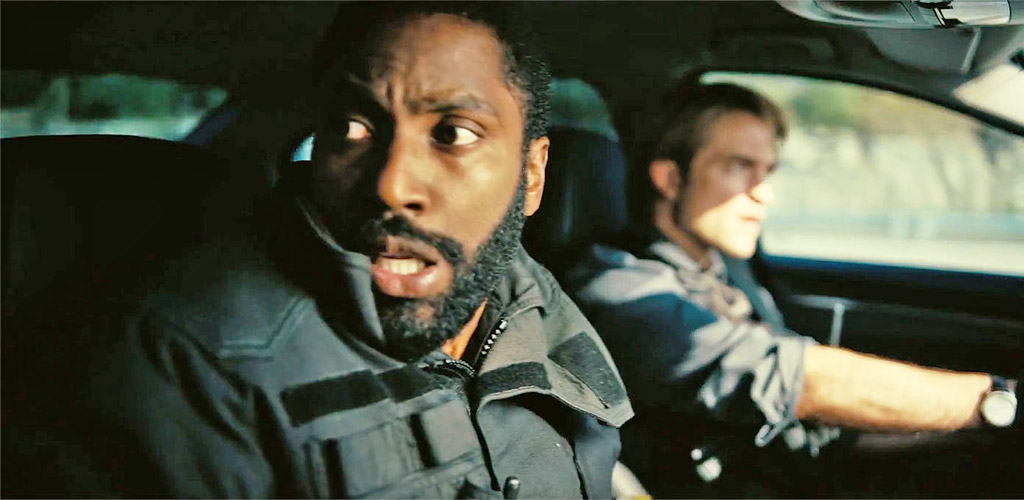

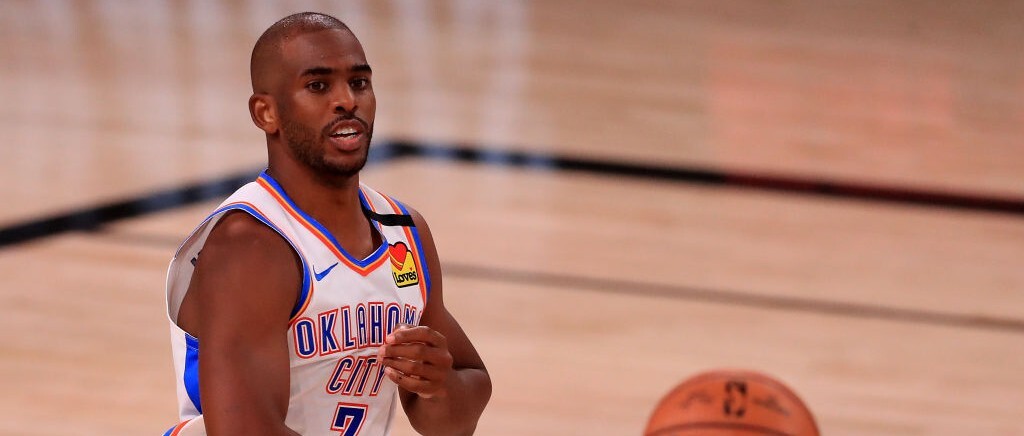
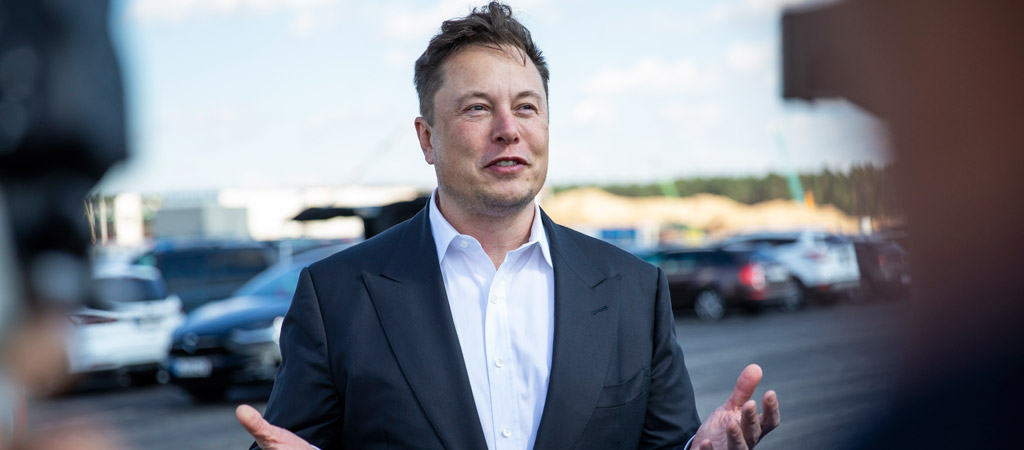
 (@MollyJongFast)
(@MollyJongFast)  Mary ChristMax
Mary ChristMax 
